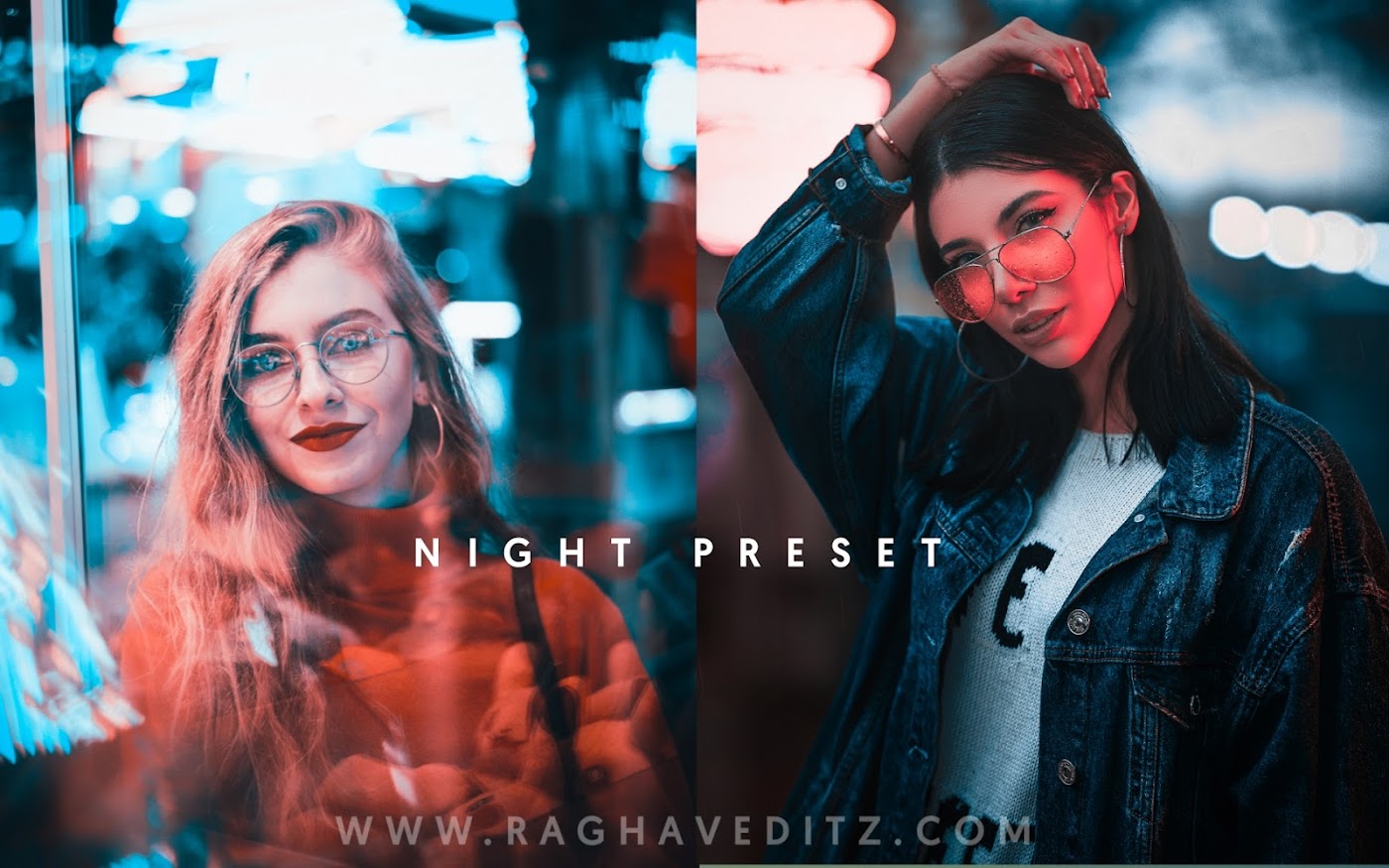

Click here to download: Lightroom Export Presets Just unzip and copy the preset files to your Lightroom -> Export Presets -> User Presets folder. Please email me if you have any other mediums you would like added. That should be easy enough but just incase here are some Lightroom Presets for exporting to different mediums. The solution is to work in a lossless format, such as PSD or TIFF (no compression) and only save a JPG or PNG once, at the end of your process, with the maximum quality setting possible. This is the same when saving compressed images (even at JPG 12). If you compress your image to say a JPG 9 when you save it and then when you upload, Facebook recompresses your image to whatever it likes, you have now compressed the image twice, degrading the quality each time! Think of it like a photocopy, every time you make a copy of a copy it gets slightly worse.

#BEST PRESETS FOR LIGHTROOM JPEG FILES FULL#
You can’t change this, all you can do is upload a JPG at the full quality of 12 to minimise the number of times your image is compressed, or use an uncompressed PNG for an slightly better result.

The compression is somewhere equivalent to saving a JPG with the quality set to between 7 & 8.

The solution is simple, resize the picture before uploading to Facebook, it may even save you some upload time!įacebook will automatically compress the images you upload to save space on their servers. This algorithm is not as nice as if you were to resize the photo yourself in either Photoshop or Lightroom and therefore will make your photo look worse when complete and perhaps lose detail and sharpness. To fix this you need to convert the colour space yourself either in Lightroom or Photoshop, before uploading.įacebook allows you to upload images of any size but has built in algorithms to automatically resize the image down to their maximum dimension of 2048px (longest side). You have no control over how the colours are converted and you might find that the images you uploaded are less saturated or have slightly different hues than the picture you started with. Shooting and editing in Adobe RGB 1998 is a good thing but when you come to upload your images to Facebook they will be converted to some version of the sRGB colour space. I won’t go into the complexities of colour space here but basically the issue may be that you are shooting & editing in the “Adobe RGB 1998” colour space (or some version other version) and images online are displayed in an sRGB colour space. There are three main reasons your images may look worse after uploading to Facebook incorrect colour space, incorrect resolution and compression.Ĭolour spaces are hard to wrap your head around when first starting out but do some research and you should get on top of it in no time. Colours can seem less impressive, it looks like you’ve lost detail in the picture and areas appear blocky but there are ways to optimise your files prior to uploading so that you can minimise the degradation and keep them looking as good as Facebook will let you. People often complain that their photos look worse after uploading to Facebook and they would be correct. THEORY Why does Facebook ruin my pictures?


 0 kommentar(er)
0 kommentar(er)
